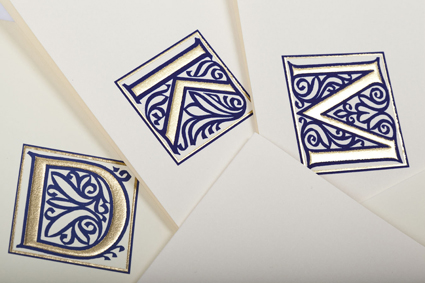What cannot letters inspire? They have souls; they can speak; they have in them all that force which expresses the transports of the heart; they have all the fire of our passions. Heloise
One of my favorite novels is Clarissa, Samuel Richardson’s million-word tome that inspired the bodice-rippers of the 1970’s, with their swarthy scoundrels who ravished young virgins before falling in love, marrying, and living happily ever after.
Richardson, however, treats his scoundrel as scoundrels deserve: After ravishing Clarissa Harlowe, the villain Robert Lovelace dies in a dual, condemned, despised, and alone.
But that’s not the best thing about Clarissa. What I love about the book is that it’s an epistolary novel, a story told through letters, and the person who controls the correspondence drives the story. In the beginning, it is Clarissa through whom we get our information, in the letters she writes and receives. As she falls under Lovelace’s control, she loses her voice, and other characters take over the narrative.
What does Lovelace want from Clarissa? Not only her body and her virtue, but also her letters. He searches desperately for Clarissa’s correspondence, uncertain of her possession until he has seized every word she has written.
Clarissa is a dark, 18th-century story, but it still has something relevant to say about letters: They carry enormous power. For the writer, they provide a means of independent expression, and for the recipient, they create a deep sense of connection.
I’m a letter writer, someone who loves stationers and can spend hours looking for the perfect notecard. Email is cheap; it’s fast and convenient. What it’s not, though, is sensual. You can read it, but you can’t feel it or smell it – you can’t fully experience it. It lacks the depth and texture of carefully chosen paper. And its message doesn’t imprint upon your soul.
Look around your colleagues’ workspaces. No one prints out email and tapes it to the wall. But a card or a letter? You’ll find one on almost every desk. Even the most cynical digiphile smiles when he or she finds a handwritten letter in the mailbox. Because an email says, I thought of you, but a letter says, I imagined your face when you found this letter and learned that someone was thinking of you, so I searched for the perfect card, one that would make you laugh, and sat at my kitchen table to compose this note just for you, unlike any other note I have ever written, and I found a stamp and ran to the mailbox, so that you would have this letter in your hands before the week is out.
I once sent a card to an editor, someone I didn’t know but whom I admired, congratulating him on a new job he had gotten at a bigger magazine. Years later, when I contacted him to pitch a story, he told me, “I remember you.” He took my pitch and ran my story.
Yes, letter writing is troublesome and time consuming, but human relationships, the real kind, require effort. Sometimes the easiest gesture isn’t the best. “Can you do lunch earlier?” That’s an email. “Thank you for a wonderful dinner, inviting me into your home, and giving me the chance to meet your family.” That’s a letter.
Questions about letter writing etiquette? Visit Crane & Co.
You can find a free ebook version of Clarissa in 9 volumes (plus a preface) on Amazon.
